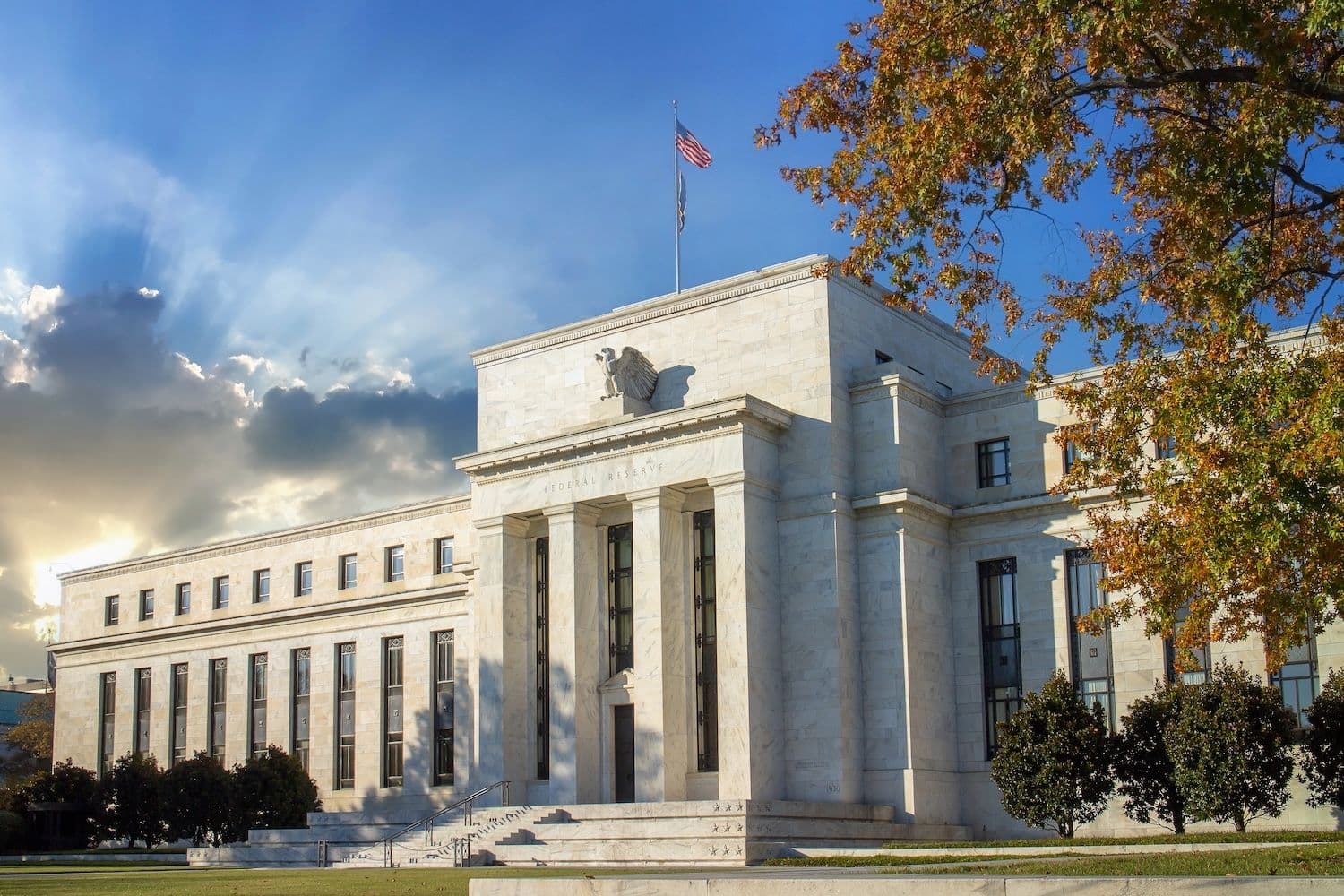The Federal Reserve on Wednesday proposed reducing capital requirements for the nation's largest banks by $13 billion, drawing sharp opposition from two board members who warned the measure could weaken critical financial safeguards established after the 2008 crisis.
What to Know:
- The enhanced supplementary leverage ratio would be reduced from 5% to a range of 3.5%-4.5% for major banks
- Bank subsidiaries would see a larger $210 billion reduction in capital requirements, though funds remain with parent companies
- Two Fed governors oppose the plan, arguing banks will use freed capital for shareholder payouts rather than Treasury market support
Divided Board Advances Controversial Proposal
The proposed rule targets the enhanced supplementary leverage ratio, a post-financial crisis regulation that governs how much high-quality capital banks must maintain relative to their total assets. Fed Chair Jerome Powell defended the changes, citing a "stark increase" in low-risk assets on bank balance sheets over the past decade.
"This stark increase in the amount of relatively safe and low-risk assets on bank balance sheets over the past decade or so has resulted in the leverage ratio becoming more binding," Powell said in a statement. The regulation has drawn criticism for treating Treasury securities the same as higher-risk investments for capital purposes.
The measure opens a 60-day public comment period. Bank holding companies would see their required capital levels drop by 1.4%, while their subsidiaries face much larger reductions of $210 billion in requirements.
Current regulations mandate that globally systemically important banks maintain capital ratios of 5% for holding companies and 6% for subsidiaries. The new framework would establish ranges of 3.5% to 4.5% for both categories.
Strong Support and Sharp Opposition
Vice Chair for Supervision Michelle Bowman and Governor Christopher Waller backed the proposal, arguing it would strengthen Treasury market function. "The proposal will help to build resilience in U.S. Treasury markets, reducing the likelihood of market dysfunction and the need for the Federal Reserve to intervene in a future stress event," Bowman stated.
Bowman emphasized the need for proactive regulatory adjustments. She said addressing "unintended consequences of bank regulation, including the bindingness of the eSLR" remained essential while maintaining safety and soundness standards.
Fed regulators frame the changes as allowing banks to hold more low-risk inventory like Treasury securities.
The current system essentially treats government bonds the same as high-yield corporate debt for capital calculation purposes.
However, Governors Adriana Kugler and Michael Barr, the former vice chair of supervision, expressed strong opposition to the measure. Barr questioned whether the changes would achieve their stated Treasury market objectives.
"Even if some further Treasury market intermediation were to occur in normal times, this proposal is unlikely to help in times of stress," Barr said in a separate statement. He predicted banks would "likely use the proposal to distribute capital to shareholders and engage in the highest return activities available to them, rather than to meaningfully increase Treasury intermediation."
Regulatory Alignment and Market Concerns
The proposal aligns with Basel international banking standards, according to official documents released Wednesday. These standards establish global frameworks for bank capital requirements and risk management practices.
Wall Street executives and some Fed officials have pushed for years to modify the leverage ratio requirements. They argue that growing bank reserves and concerns about Treasury market liquidity justify regulatory adjustments.
The enhanced supplementary leverage ratio emerged from post-2008 financial crisis reforms designed to prevent another systemic banking collapse. The regulation requires banks to maintain sufficient capital buffers regardless of the perceived risk of their asset holdings.
Fed officials now view the capital requirements as potentially constraining rather than simply providing a safety net. The current framework treats all assets equally, regardless of their risk profiles or liquidity characteristics.
Conclusion
The Federal Reserve's divided approach to capital requirements reflects broader tensions between financial stability concerns and market functionality goals. The 60-day comment period will likely generate significant input from banking industry representatives and financial stability advocates before final implementation decisions.

